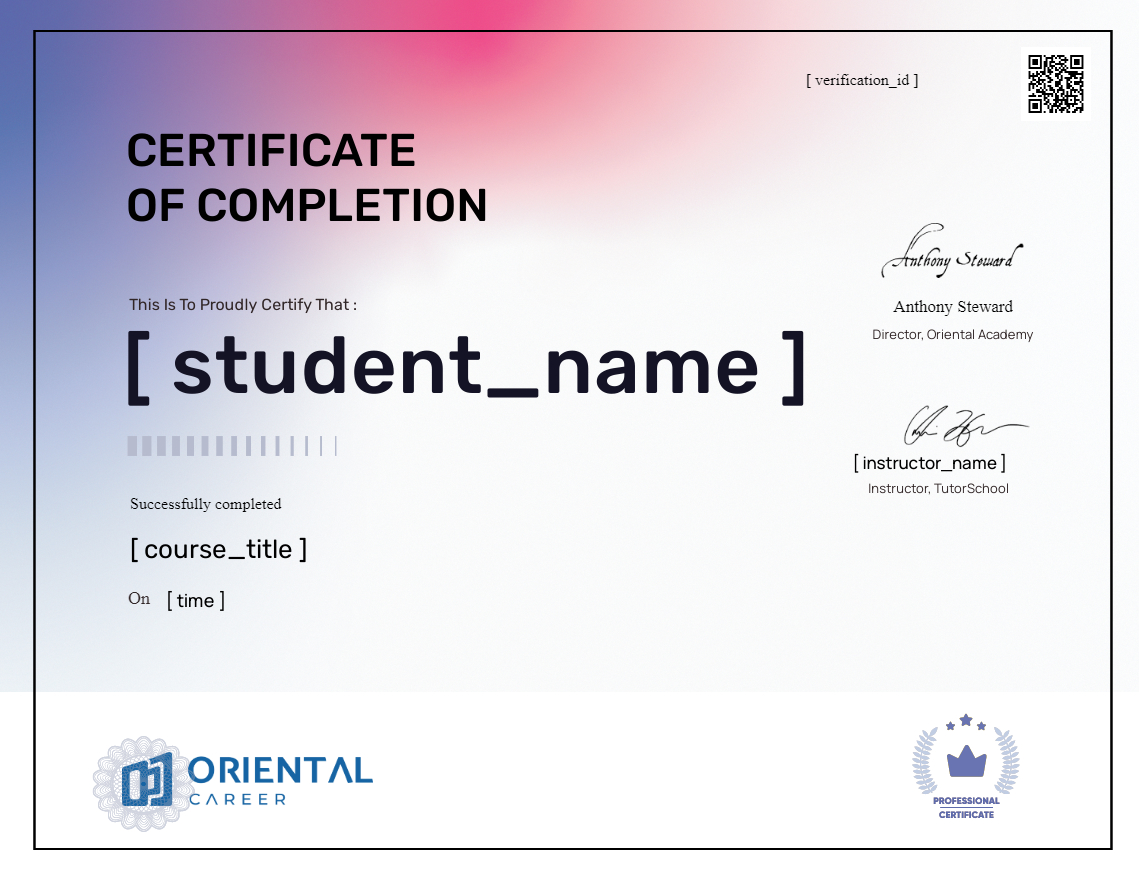Entrepreneurship Series: Financing and Profitability -04
About Course
Start-ups can benefit from a wide variety of financing options on the path to profitability, but how do you know which one to choose? This course explores different financing models, including bootstrapping, organic growth, debt and risk capital, and also provides a clear overview of equity financing including the key types of investors: angels, venture capital, and crowdfunding. You’ll learn about terms, and term sheets, exit modes and what exit strategy might be best for you. By the end of this course, you’ll have an understanding of what success looks like and how it can be financed. You’ll also be ready for the capstone project, in which you will get feedback on your own pitch deck, and may even be selected to pitch to investors from venture capital firms.
Course Content
Week 1: Business Models and Keeping Customers
-
Introduction to Financing and Profitability
02:24 -
Business Models
09:11 -
Measuring and Managing CLV
26:55 -
Greylock Partners: Joseph Ansanelli
14:47 -
Lecture Slide PDFs
Week 2: Financing, Valuation and Terms
Week 3: Private and Public Financing and Calculating Breakeven
Elements of the Pitch & Exit Strategies
Earn a Certificate
Add this certificate to your resume to demonstrate your skills & increase your chances of getting noticed.

Student Ratings & Reviews
